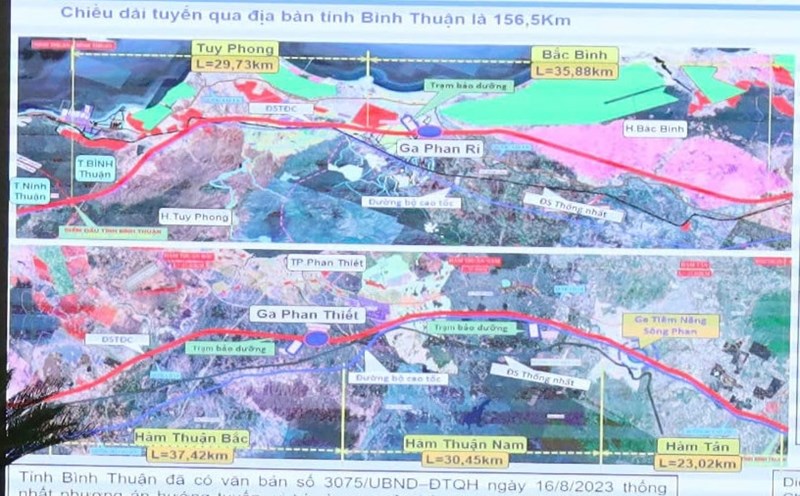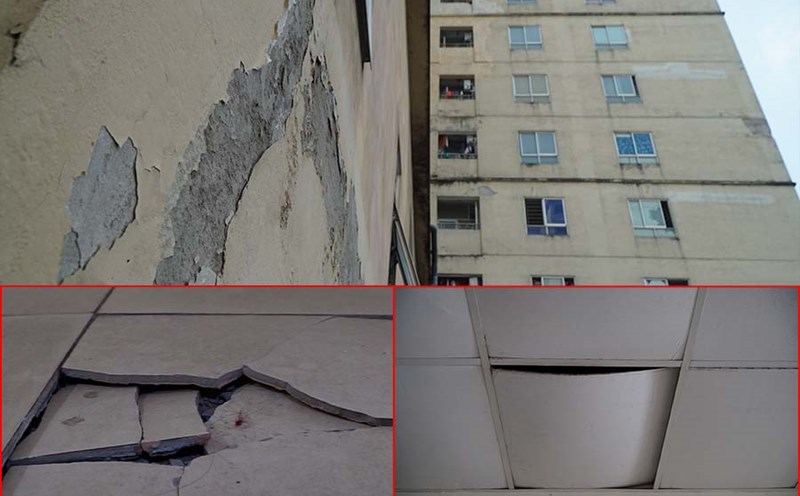On the morning of November 13, authorized by the Prime Minister, Minister of Transport Nguyen Van Thang presented a summary report on the proposal to approve the investment policy for the North-South high-speed railway project.
According to the proposal, the high-speed railway line starts in Hanoi (Ngoc Hoi station) and ends in Ho Chi Minh City (Thu Thiem station), passing through 20 provinces and cities; the route length is about 1,541 km.
Regarding investment scale: Construction of a new double-track railway line, 1,435 mm gauge, electrification, design speed 350 km/h, load capacity 22.5 tons/axle; passenger transport, meeting dual-use requirements for national defense and security, and can transport goods when necessary.
Mr. Nguyen Van Thang said, regarding the route: The high-speed railway route is being studied and selected as “the shortest possible”, ensuring compliance with national sector planning, regional planning and local planning, limiting passage through environmentally sensitive areas, relic sites, scenic spots, and national defense land; reducing the volume of land clearance, avoiding densely populated areas; ensuring connectivity between East-West corridors and international railway routes.
The high-speed railway is expected to have 23 passenger stations, with each station location planned to have a development space of 200 - 500 hectares; 5 freight stations, with each freight station being about 24.5 hectares. During the exploitation process, when localities form and develop urban areas with large enough population and transportation needs, and the distance between stations meets technical requirements, the Government will assign localities to take the lead in calling for investors to implement.
Preliminary total land use demand of the project is about 10,827 hectares, resettled population is about 120,836 people.
The preliminary total investment is about 1,713,548 billion VND (about 67.34 billion USD). It is expected that the State budget will be allocated in the medium-term public investment plans to complete the project by 2035, with capital allocated for about 12 years (from 2025 to 2037), averaging about 5.6 billion USD per year, equivalent to about 1.3% of GDP in 2023, about 1% of GDP in 2027 (when the project starts). The implementation process will mobilize diverse legal capital sources for investment.
The project is expected to start construction in 2027, striving to basically complete the entire route by 2035.
To ensure human resources for railways in general and high-speed railways on the North-South axis in particular, the Government has directed the implementation of a project to develop railway human resources, in which, for high-speed railways, a human resource training program is proposed according to 3 types of training with 4 levels of qualifications for 5 subjects.
To successfully implement and complete the entire project as scheduled, the project proposes 24 special policies, including 19 special policies under the authority of the National Assembly and 5 special policies under the authority of the Government.











